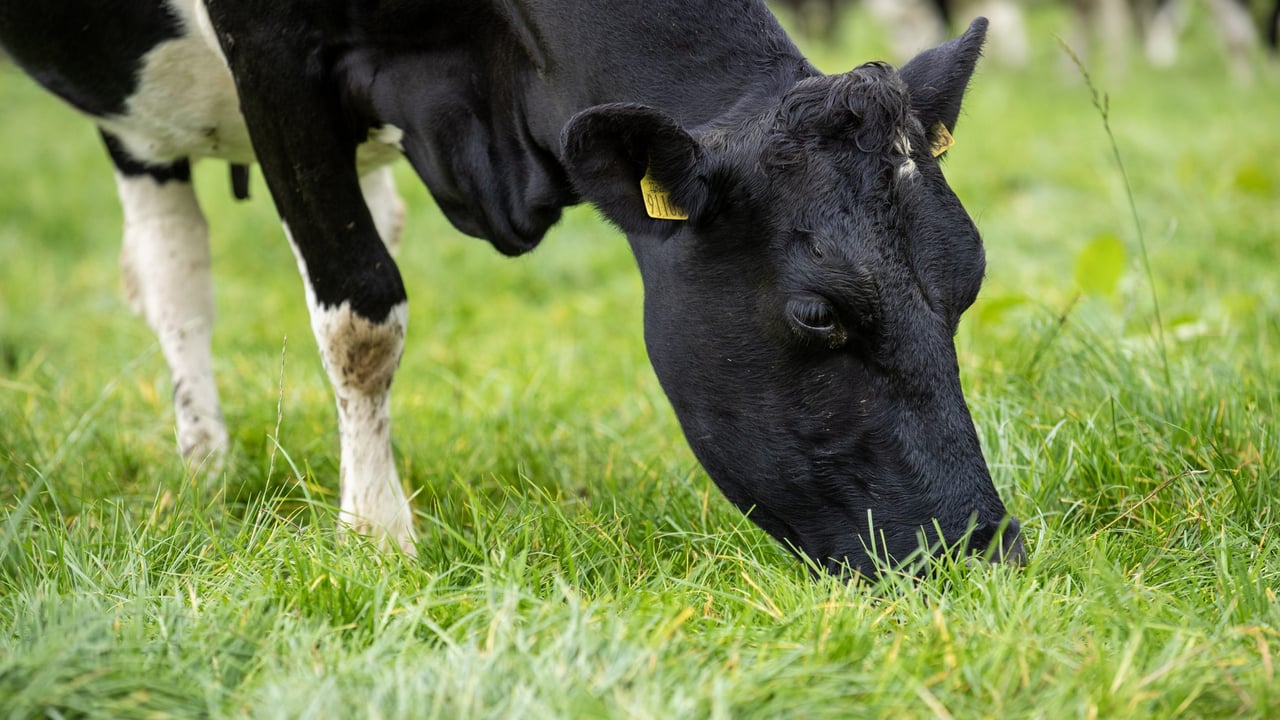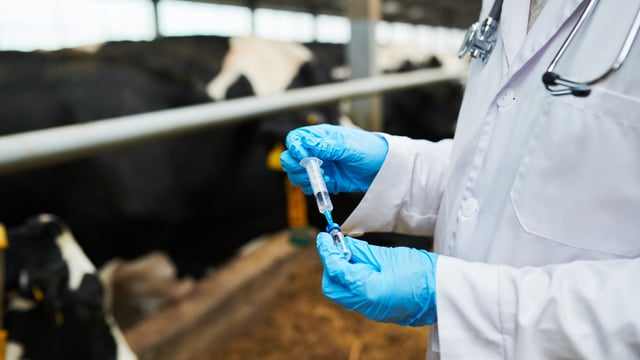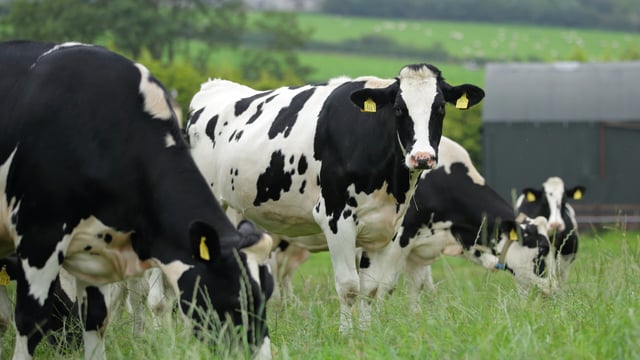Sponsored Article
Building autumn grass covers to drive dairy performance
Sponsored Article

As autumn approaches, Irish dairy farmers enter one of the most critical periods of the production year.
From August to dry-off, a typical spring-calving herd produces around 40% of its annual milk solids.
While milk volumes may dip, higher fat and protein percentages make this late-season milk some of the most valuable milk of the year.
According to Tirlán’s Milk Solids Growth Specialist Alex Sheehan, to capitalise on this opportunity, farmers must focus on maximising days at grass and optimising grass intake.
This is achieved by extending the grazing rotation and strategically building grass covers across the farm.
According to Alex: “Not only does this approach deliver cost-effective milk solids production during late lactation, it also lays the foundation for a successful spring.
“Farms that enter spring with the right grass cover are better positioned to support early lactation milk solids production, reduce feed costs, and maintain herd performance.”
Why should you extend the rotation?
Traditionally, Irish dairy farms operate on a 21-day rotation during mid-season, but stretching this out during late summer and early autumn can significantly boost grass availability and maintain its presence in the cows’ diet right through to late lactation.
“Follow rotation length and closing cover targets in order to build a bank of grass for spring,” Alex said.
Here’s a practical guide to rotation length targets to build grass covers:
- 25 days by mid-August;
- 30 days by September 1;
- 35 days by mid-September;
- 40 days by the first week of October, when the final rotation should begin - In wetter regions, farms may need to start the final rotation 1–2 weeks earlier to avoid damaging paddocks;
- Follow the 60:40 grazing rule by closing 60% of the platform by early November and the remaining 40% by early December to ensure strong grass growth for spring.
Fertiliser applications to build grass: Timing is everything
Grass remains the cheapest and most nutrient-rich feed available to Irish dairy farmers.
To maximise its growth during the critical late summer period, it is essential to make the most of your remaining nitrogen allowance and timing is key.
“August is your window," Alex said.
“Soil temperatures are higher and longer daylight hours lead to a stronger growth response, helping to build valuable grass covers ahead of autumn.”
A well-timed nitrogen application in August can significantly boost grass supply, reduce reliance on purchased feed, and drive efficient milk solids production.
Additional strategies to build autumn grass covers
Beyond extending the grazing rotation and timely fertiliser application, there are several practical steps farmers can take to boost grass availability and maintain cow performance during late lactation.
Maximise grazing area
Bring silage ground or reseeded paddocks into the grazing rotation.
If these are located away from the home block, consider relocating dry stock, such as in-calf heifers, to those areas. This frees up the main grazing platform for milking cows.
Consider zero grazing
For some farms, zero grazing from out blocks can be a smart solution, as it allows high-quality grass to be harvested and fed to cows, helping to:
- Slow down the home block rotation;
- Maintain grass in the diet;
- Clean off out blocks ahead of spring.
Distance and cost should be considered, but when feasible, zero grazing is an effective way to manage grass supply and maintain milk solids production.
Use high-quality forage
Supplementing with grass silage or maize can reduce grass demand. However, forage quality is critical—aim for 74 dry matter digestibility (DMD) in grass silage or higher to avoid drops in milk yield.
For example:
Feeding two 800kg silage bales at 30% dry matter to 100 cows/day provides each cow with 4.8kg of dry matter, covering roughly 25% of her daily intake.
Flexible use of concentrates
Concentrates offer a versatile supplement, especially during wet weather when grass dry matter falls and cows struggle to meet intake targets.
“Offering 1–2kg of additional concentrate during these periods helps maintain milk production and cow condition,” Alex said.
These strategies, when combined with smart grazing and fertiliser use, can help farmers build strong autumn covers, reduce feed costs, and set the stage for a productive spring.
Planning now for profit later
In Ireland’s temperate climate, grass is more than just feed - it is a strategic asset.
Building strong autumn grass covers is a proactive move that supports milk solids production, reduces costs, and prepares the farm for a successful spring grazing season.
“With timely fertiliser application, extending rotation length, strategic use of supplementary feed and smart grazing strategies, Irish dairy farmers can unlock the full potential of their grass-based systems,” Alex noted.
The result? A more profitable, resilient, and sustainable dairy operation - now and into the year ahead.
For more information contact your local Milk Solids Growth Specialist.
Sponsored Article






